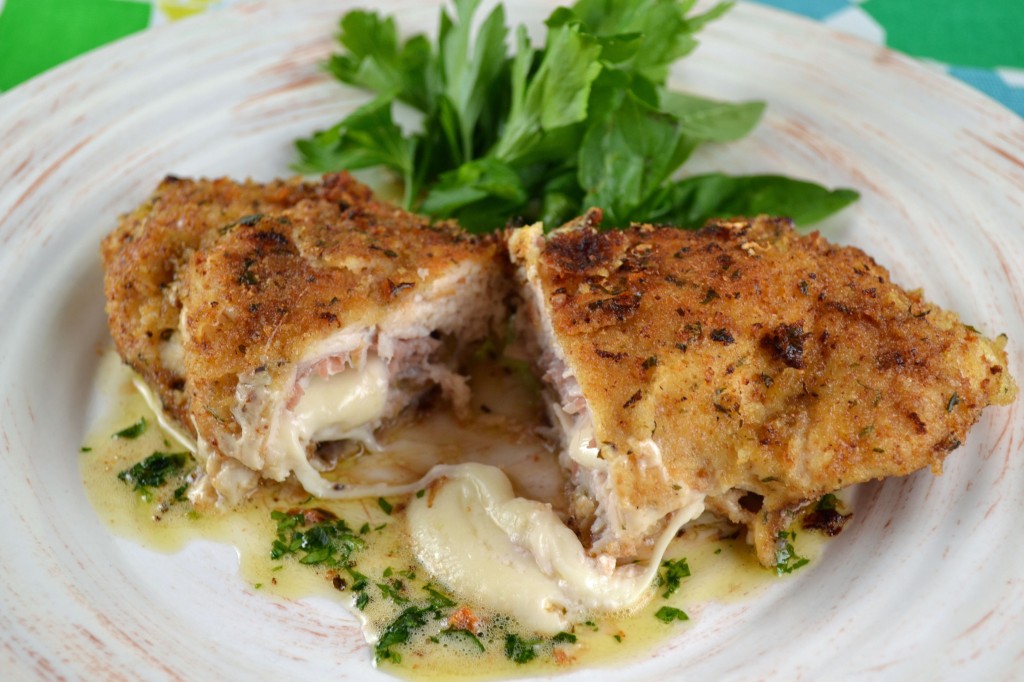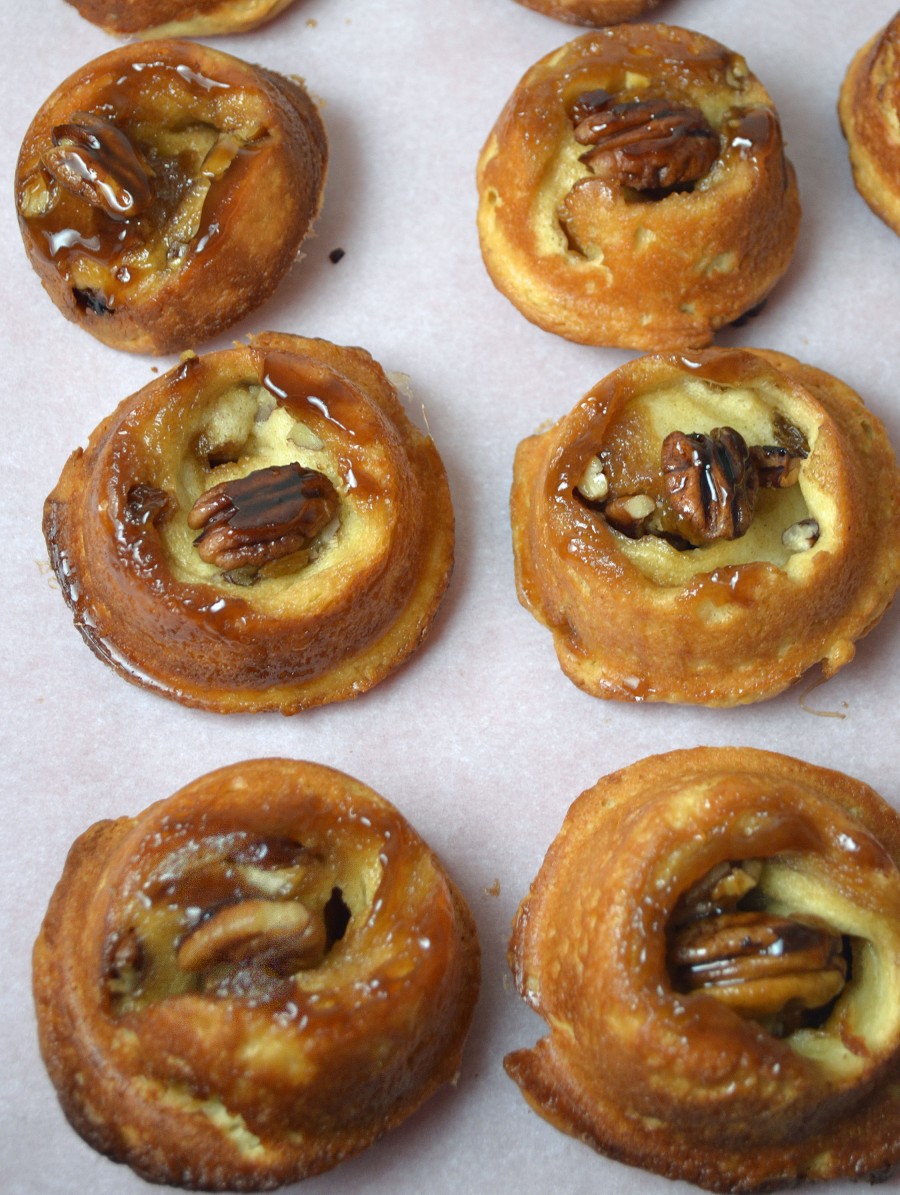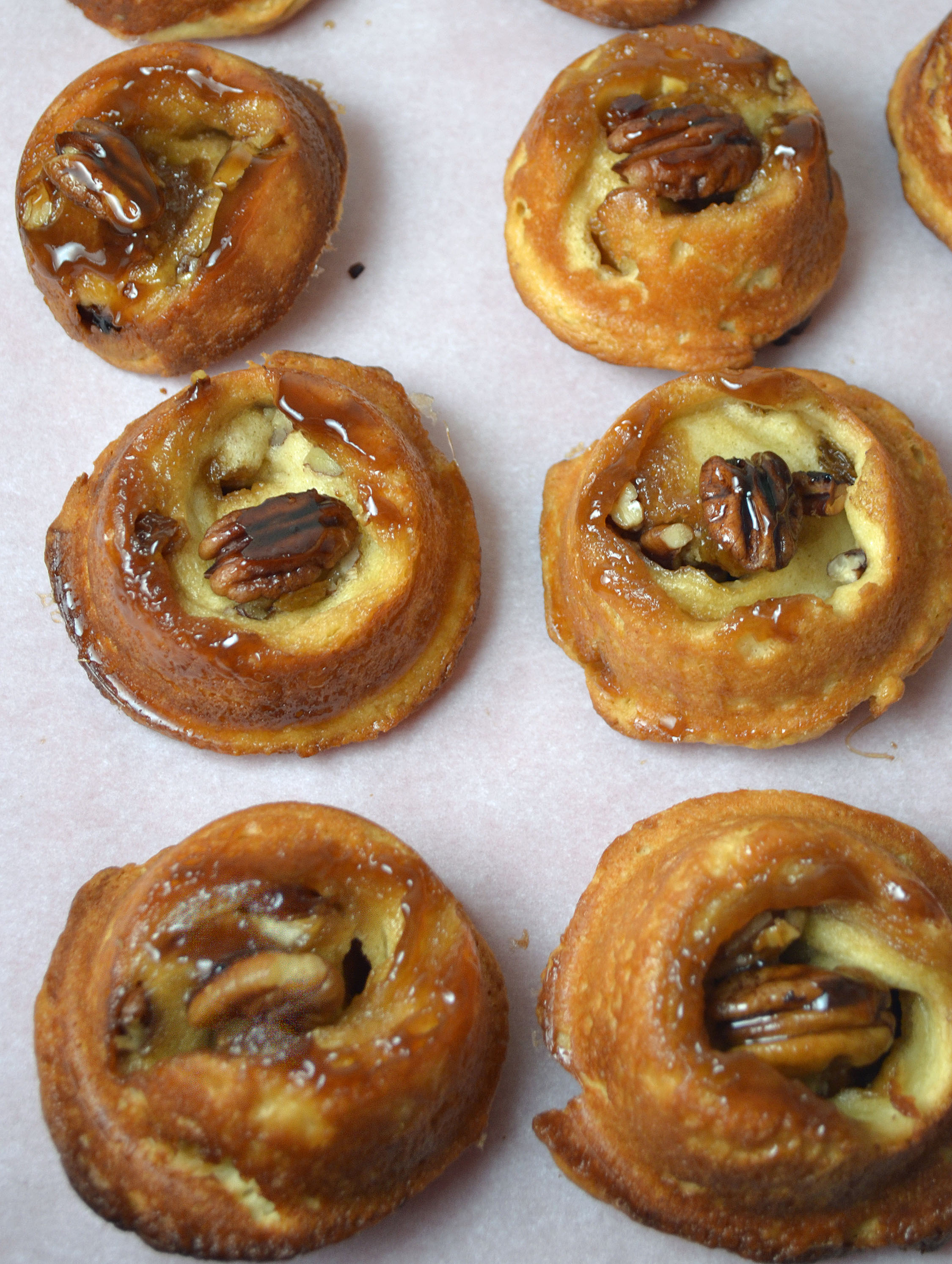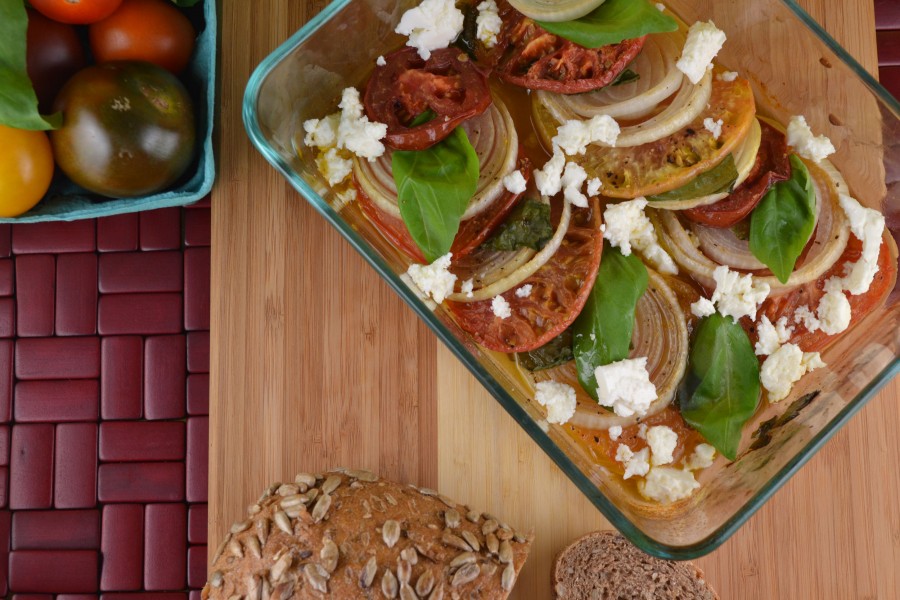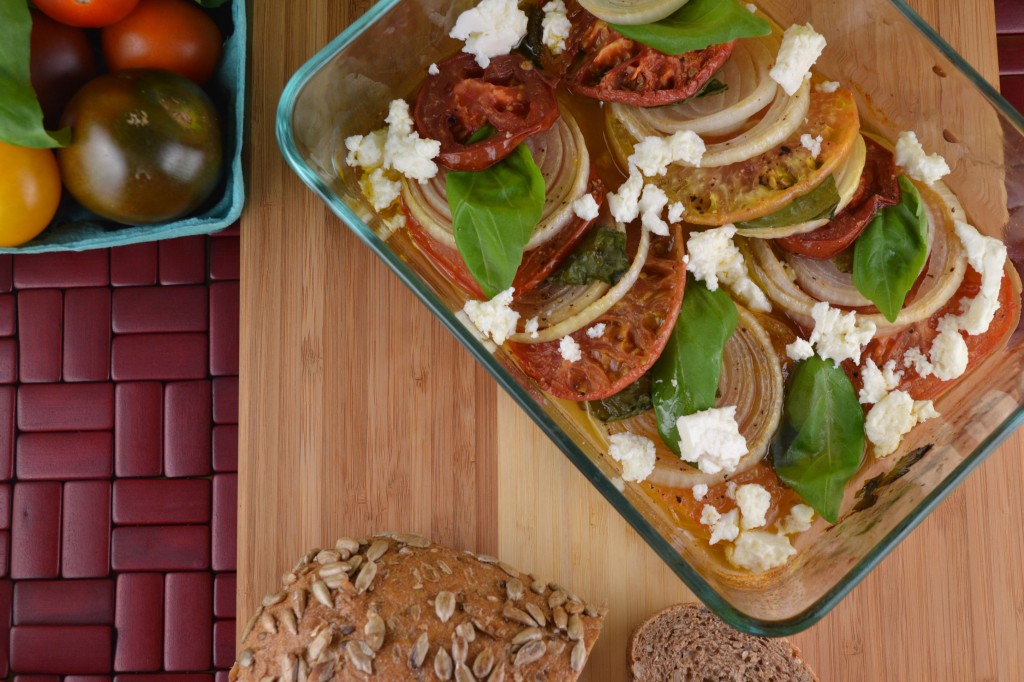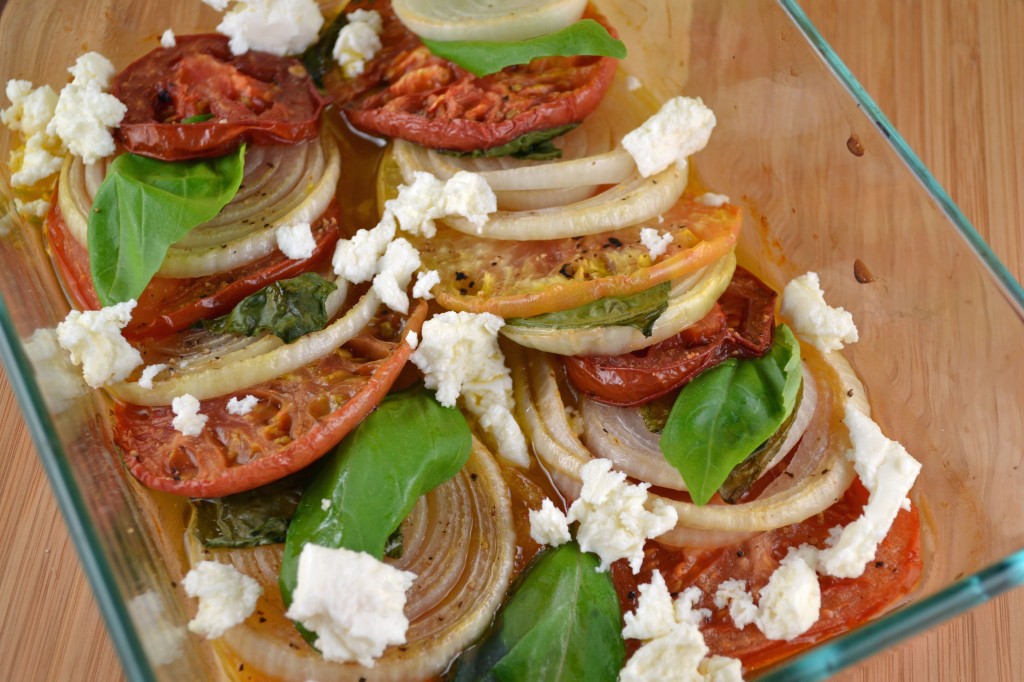Individual Egg Potato and Cheese Casseroles

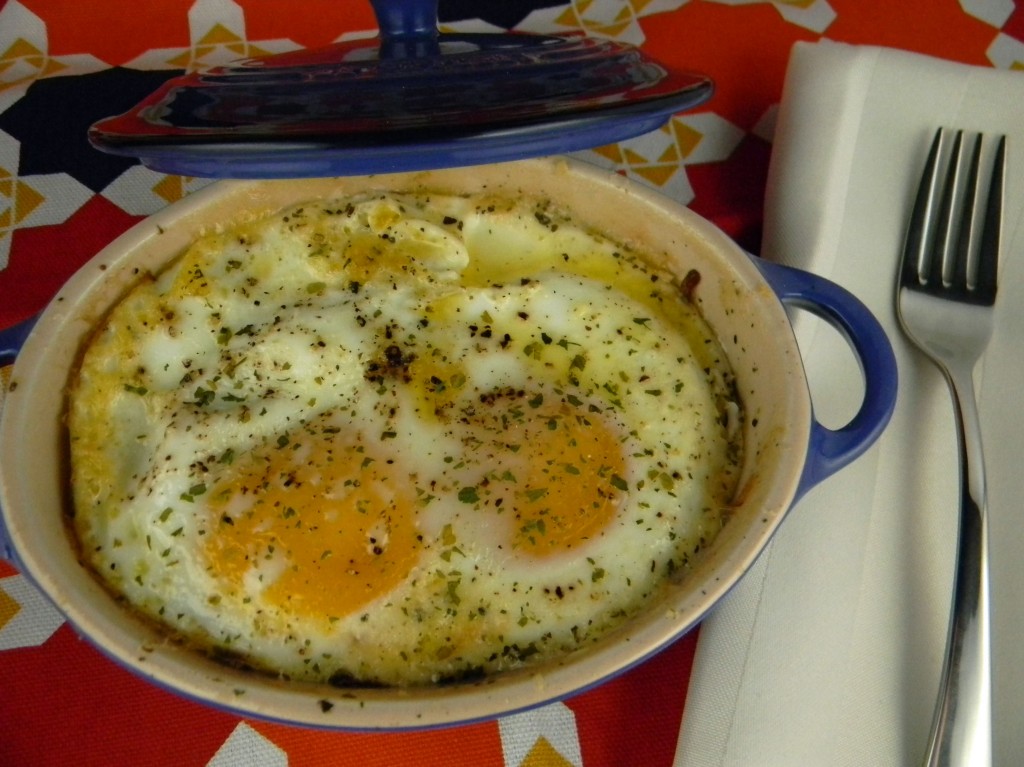 So I might have used this recipe as an excuse to use these cute little individual casserole dishes from Le Creuset. There’s something welcoming and comforting about having your own personal casserole, lid included. What’s layered underneath the two peeping egg yolk eyes? Alternating layers of mozzarella cheese and potato lightly seasoned with with dried herbs and fresh parsley. Let’s face it: between the melted strings of mozzarella and the brilliant yellow runny yolk flowing over slices of baked potato, gooyeness has undoubtedly taken over this brunch dish.
So I might have used this recipe as an excuse to use these cute little individual casserole dishes from Le Creuset. There’s something welcoming and comforting about having your own personal casserole, lid included. What’s layered underneath the two peeping egg yolk eyes? Alternating layers of mozzarella cheese and potato lightly seasoned with with dried herbs and fresh parsley. Let’s face it: between the melted strings of mozzarella and the brilliant yellow runny yolk flowing over slices of baked potato, gooyeness has undoubtedly taken over this brunch dish.
Ingredients:
4 medium potatoes, boiled, peeled and cut into slices about 1/3″ thick
3/4 lb mozzarella cheese, sliced thin
salt and pepper
1/2 cup shredded parmesan cheese
1/2 cup chopped parsley
1/2 cup melted butter
6 eggs
3/4 teaspoon dried oregano
3/4 teaspoon dried tarragon
Preheat oven to 350 degrees. Grease 3-6 ramekins (6 small ramekins or 3 large ones).
Place a layer of potato at the bottom of each ramekin. Cover with slices of mozzarella. Sprinkle with salt, pepper, 1/4 teaspoon each dried tarragon and oregano, parmesan cheese, and parsley. Add another layer of potatoes and repeat seasoning. Add a layer of mozzarella slices. Brush the top of each ramekin with melted butter. Bake about 30 minutes. Break eggs on top (one egg for small ramekins, 2 eggs for large). Sprinkle with remaining butter, herbs, salt, and pepper. Return to oven and bake about 20 minutes or until eggs are set.
Serves 3-6 (depending on the size of ramekins used).
Adapted from “The Art of Good Cooking,” by Paula Peck.


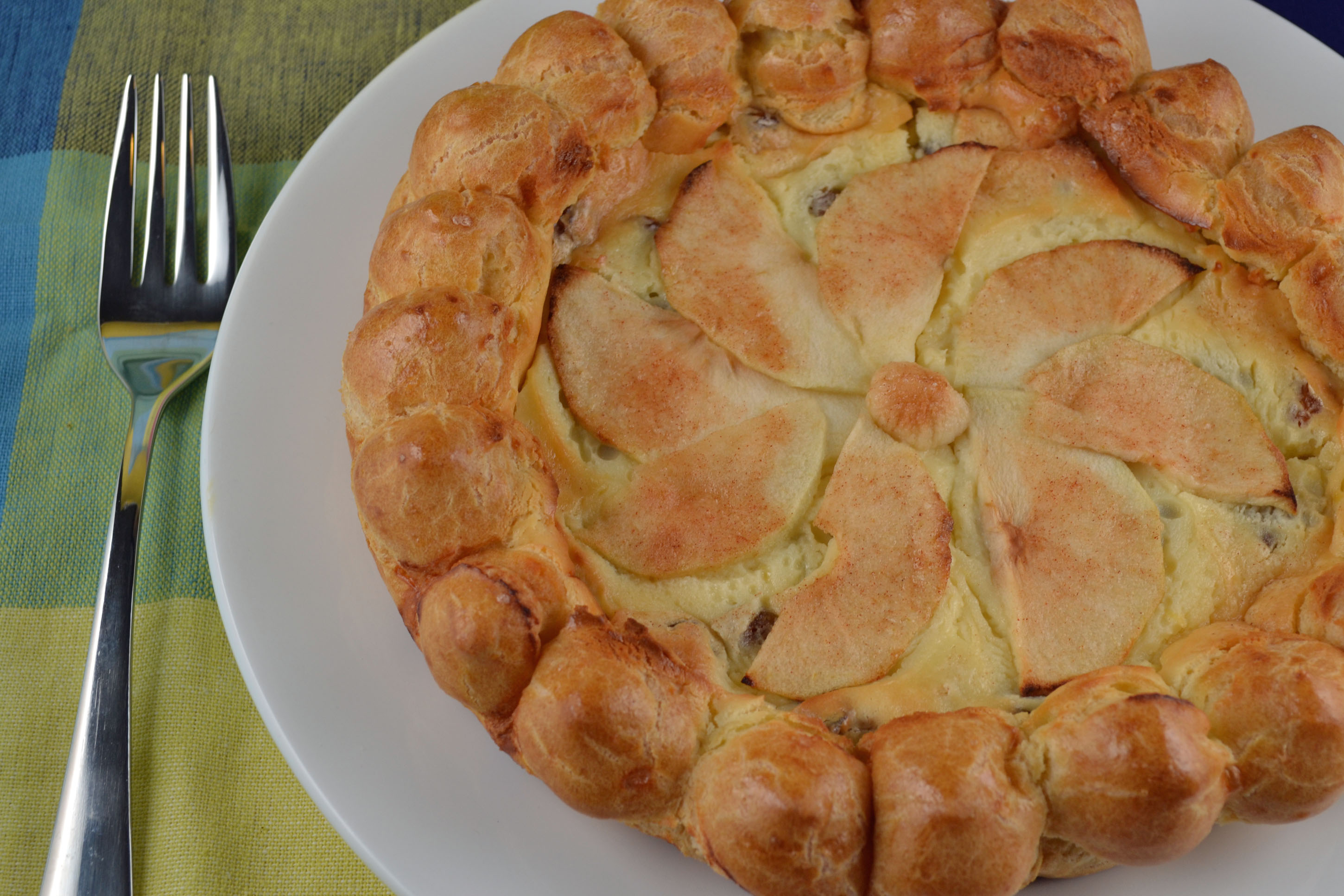 This recipe immediately caught my eye. Apples, pate a choux, and cheese cake filling meet in one inspiring cake puff. I’ve never seen a recipe quite like it. Apple season is in full swing and I find cheese cake hard to resist so it seemed this recipe from “The Art of Fine Baking” was calling out to me. The result is impressive but must be devoured quickly due to the short life of the puff portion of the cake.
This recipe immediately caught my eye. Apples, pate a choux, and cheese cake filling meet in one inspiring cake puff. I’ve never seen a recipe quite like it. Apple season is in full swing and I find cheese cake hard to resist so it seemed this recipe from “The Art of Fine Baking” was calling out to me. The result is impressive but must be devoured quickly due to the short life of the puff portion of the cake.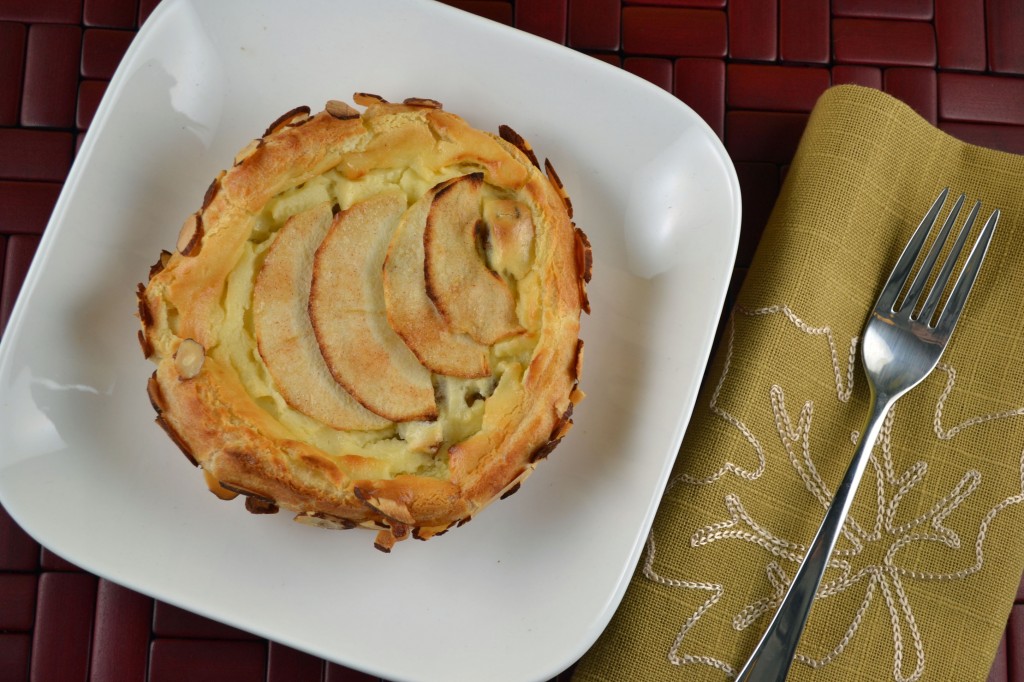
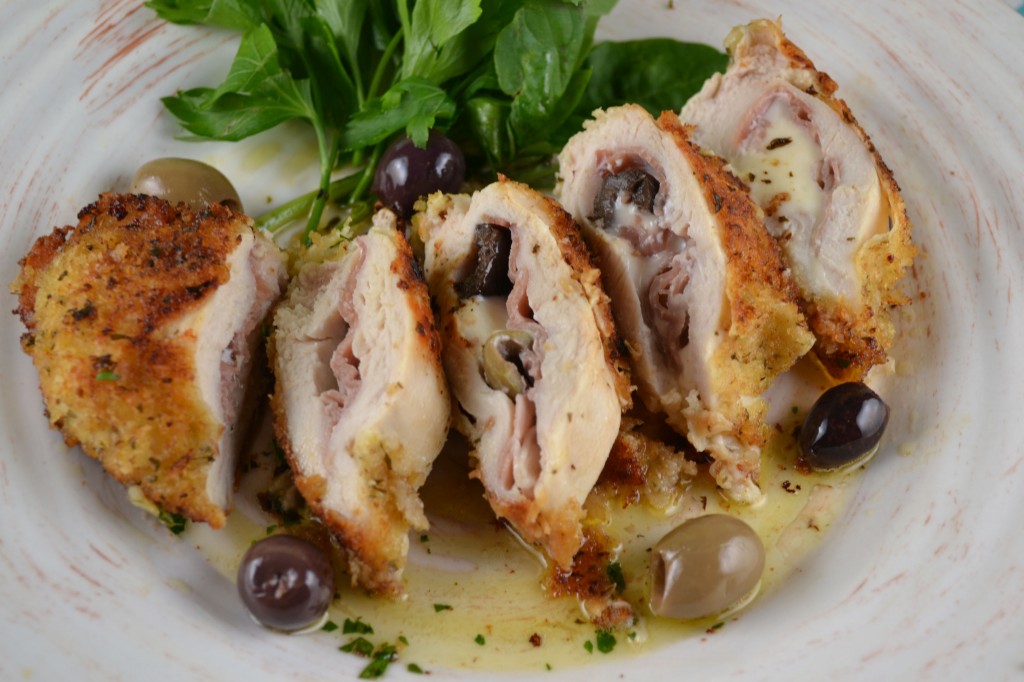 Saltimbocca has become somewhat of a classic. Originally Mediterranean, the name Saltimbocca is Italian for “jump in mouth” – a reference to the flavor explosion that takes place while eating this dish. There are varying ways to make saltimbocca. Veal, sage, capers, and sometimes provolone cheese are common ingredients. However, in each scenario the basics remain the same: the chicken or veal is sautéed and prosciutto is always involved (though I see no reason why you couldn’t use ham for a less expensive version). This recipe for Chicken Saltimbocca from “The Art of Good Cooking” happens to include black olives, which is somewhat rare but the beauty of this dish is its flexibility. Though I didn’t add it here, I think roasted red pepper could also make a nice addition to the center filling. The mozzarella is a natural match with the prosciutto and the crunchiness of the breading that soaks up some of the garlic butter is a combination that’s worth it alone – the other ingredients are just a bonus!
Saltimbocca has become somewhat of a classic. Originally Mediterranean, the name Saltimbocca is Italian for “jump in mouth” – a reference to the flavor explosion that takes place while eating this dish. There are varying ways to make saltimbocca. Veal, sage, capers, and sometimes provolone cheese are common ingredients. However, in each scenario the basics remain the same: the chicken or veal is sautéed and prosciutto is always involved (though I see no reason why you couldn’t use ham for a less expensive version). This recipe for Chicken Saltimbocca from “The Art of Good Cooking” happens to include black olives, which is somewhat rare but the beauty of this dish is its flexibility. Though I didn’t add it here, I think roasted red pepper could also make a nice addition to the center filling. The mozzarella is a natural match with the prosciutto and the crunchiness of the breading that soaks up some of the garlic butter is a combination that’s worth it alone – the other ingredients are just a bonus!
